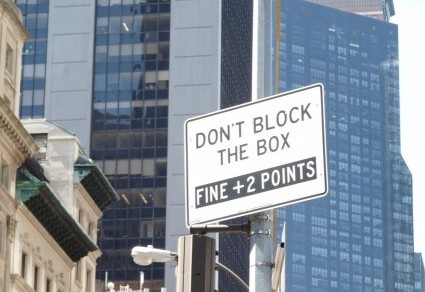The definition of “hodgepodge” — a great word if ever there was one — is “a confusing mixture.” Life feels like a hodgepodge these days, but laughter is an essential reaction to any absurd or difficult situation. In that spirit, here’s a New Year’s hodgepodge of incomprehensible New York City signs. First up is an example of over-eager punctuation:

Really not allowed. Really a bar. Thanks you for asking.
I’m guessing a nervous owner is aiming for an emphatic tone. If so, mission accomplished. But why? Do people bring their dogs, cats, boa constrictors, parrots and any other NYC pets (and by the way, I’ve seen all of these at one time or another on city streets) into the store if only one exclamation point appears? And what’s with the underlined “bar”? Wouldn’t “open” be the more relevant word? Unless there’s a secret message (martinis available here, disguised as “food”)?
Friendly is good, right? Maybe not in this context, though:

Friendly to what?
Is this product “friendly” to the conditions (asthma, allergy) or to those who have them? I’m assuming the latter, but the sign is ambiguous at best. And it’s trademarked! You’d think the sign-writer/trade-marker would check with a grammarian before signing off (pun intended) on this slogan.
Next up is a salon sign offering a very specific service:

Who’s counting?
I’m not really sure what “Natural Lash Extns.” are, and I’m very sure I don’t want to find out via personal experience. My real question concerns the number. Is someone sitting there counting? Do lashes come in numbered sets? And why 90? Is 75 too little? Inquiring minds want to know.
And while I’m on the subject of numbers, I’ll end this hodgepodge with a number of my own: 2017. I hope it’s a happy, healthy year for all of you.


















